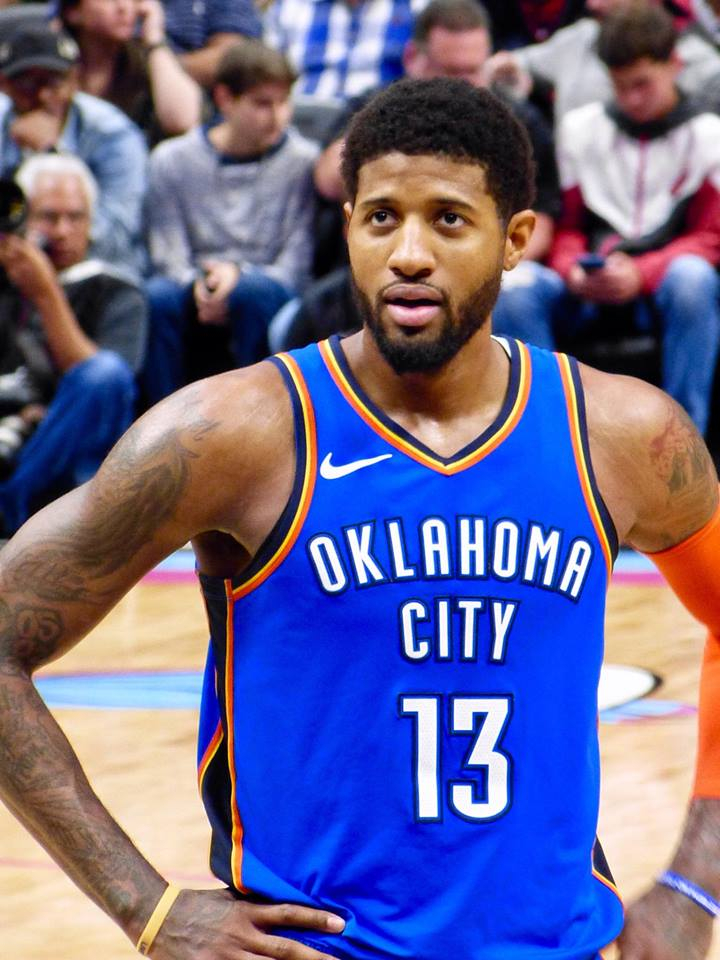The 2019 free-agent class, largely considered to be one of the most prolific crops of players ever, has more or less come to an end about a week and a half after starting on June 30.
In the first day of free agency alone, almost three billion dollars of money were inked in contracts across the league as a whole. Some of these were expected contracts, like the 76ers giving its budding superstar Ben Simmons a max extension and the Warriors giving Klay Thompson a max contract as well. Other deals were a lot less expected, like Jimmy Butler signing with the Heat and Al Horford signing a four-year 110 million dollar deal from the 76ers as he approaches age 34.
Now we get to the absolute shocker, the deal so unexpected some consider it to be downright blasphemous: Kawhi Leonard signing the max with the Clippers.
In fairness, Kawhi Leonard signing with the Clippers is not the issue here. He is an eligible free agent and can exercise his right to sign with a new team. The issue comes because he recruited a second star, Paul George from the OKC Thunder, to join him in LA.
After trying to get Kevin Durant and Kyrie Irving to join him on the Clippers to no avail (both of whom signed with Brooklyn promptly at the start of free agency), Leonard convinced a player who finished third in MVP voting and who just had his career-best year to leave his team while under a three-year contract.
As soon as the deal ended, everyone called foul.Paul George forced his way out of Indiana, Leonard had his drama with San Antonio two years later, Anthony Davis created a commotion in NOLA to be traded to the Lakers earlier this year, and now Paul George yet again forced his way out of another team in OKC.
The increased player movement seen in the last decade has been a controversial topic amongst NBA fans. When I say player movement, I’m not referring to teaming up in free agency; I’m specifically referring to under-contract players who force their team’s hand in an attempt to leave their respective organization.
Some fans are pro-player and feel it is well within a player’s right to leave their current team if he does not want to be there any more. Their reasoning is that when teams trade players away it’s considered a business move and when players leave, it should be seen in a similar light.
Other fans, however, are less in favor of the players, citing that large-market teams are usually the continued benefactors of this movement, relegating the smaller markets to be in the background of the league. New Orleans was an irrelevant team until they landed generational talent, Anthony Davis. But Davis forced his way out of NOLA to the Lakers, who have been a major market since the beginning of basketball itself.
The current Collective Bargaining Agreement (CBA) has provisions to try to incentivize players to stay loyal to a franchise with large monetary benefits the incumbent teams can present — however, in this free agency alone, Kyrie Irving, Kevin Durant, Jimmy Butler and Kawhi Leonard gave up a combined 200 million dollars in financial benefits by moving to their new respective teams.
It’s very apparent that for the elite-level players, the financial incentives presented by the CBA are not enough to mitigate their movement.
So where do we go from here? NBA Commissioner Adam Silver has been vocal in trying to explore new incentives and methods to mitigate the current level of player movement. Prominent media members are split on the issue and some have called for radical changes, like having players not be trade eligible for X number of years after signing to prevent them from forcing their way out.
Halting player movement entirely isn’t ideal either. Player movement adds a necessary intrigue to the league but the current level has shifted the landscape of the NBA too drastically and too often to allow it to continue at this level. Although it is unlikely that any rules to stop the phenomenon will come soon, be on the lookout for some big changes to come in the upcoming years.
















